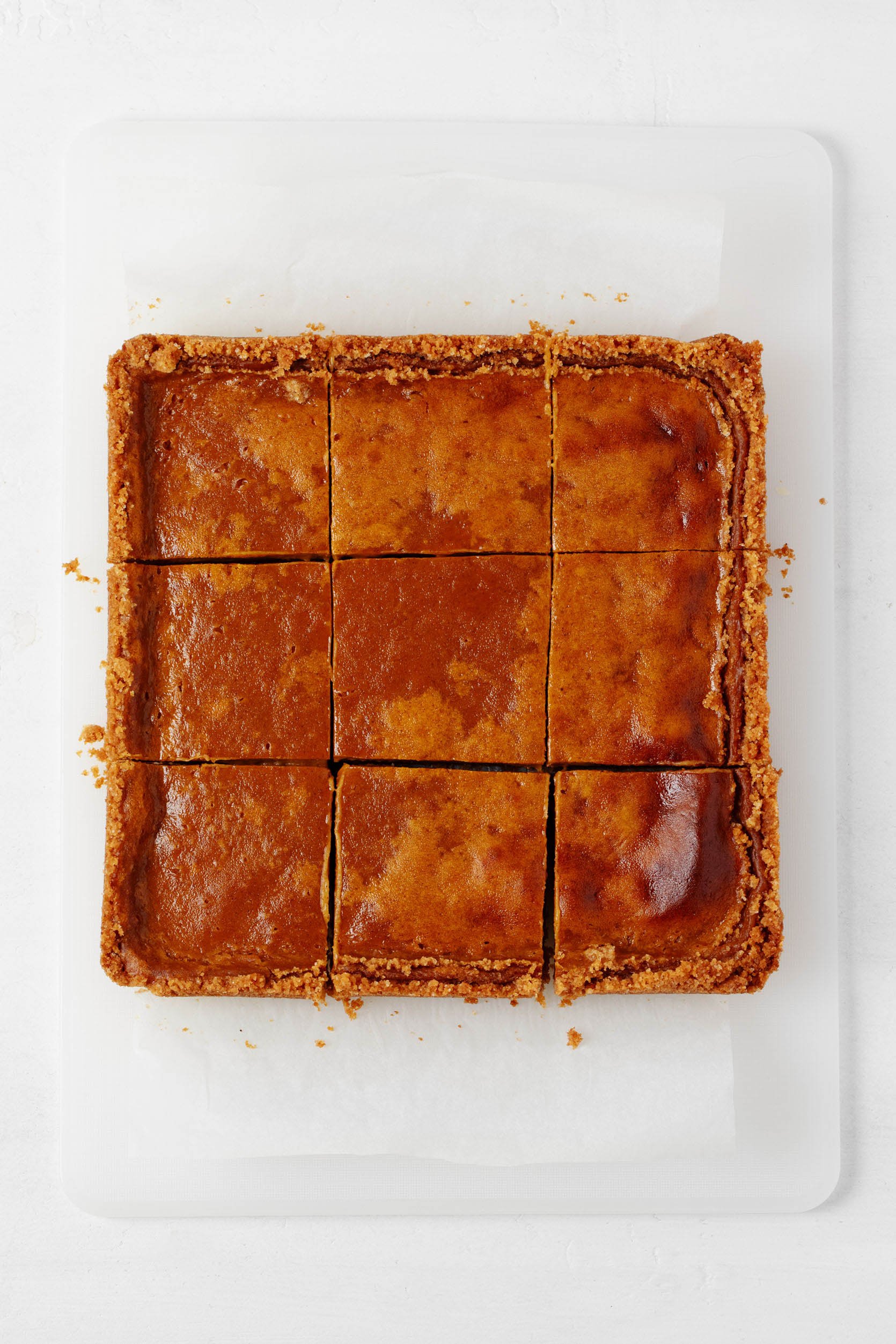Mastering React Native Navigation Stack Management
Introduction Navigation is the beating heart of any mobile app. A great app guides users effortlessly through screens, making the experience feel natural — almost invisible. In React Native, stack navigation plays a key role in creating that seamless experience. In this guide, we’ll dive deep into how the navigation stack works, how to masterfully manage it, and how to design flows that feel smooth and polished. Along the way, I’ll share real-world use cases, tips from production apps, and common pitfalls to avoid. Ready? Let’s level up your navigation skills! Table of Contents Navigation Basics Setting Up React Navigation Stack Navigation Fundamentals Essential Navigation Methods Advanced Stack Manipulation Practical Use Cases Extra Real-world Examples Best Practices Troubleshooting Common Issues Conclusion Navigation Basics Think of navigation like a deck of cards. When you navigate to a new screen, you stack a new card on top. When you hit "Back", you pop the top card off. The bottom card (usually your "Home" screen) stays until you close the app. This stack model is what gives mobile apps that fluid, back-and-forth feeling — and mastering it lets you control your user's journey perfectly. Setting Up React Navigation React Navigation is the industry-standard library for handling navigation in React Native apps. Quick Setup # Core packages npm install @react-navigation/native # Essential dependencies npm install react-native-screens react-native-safe-area-context react-native-gesture-handler @react-native-masked-view/masked-view # Stack navigator npm install @react-navigation/stack Basic App Setup import 'react-native-gesture-handler'; import React from 'react'; import { NavigationContainer } from '@react-navigation/native'; import { createStackNavigator } from '@react-navigation/stack'; import HomeScreen from './screens/HomeScreen'; import DetailsScreen from './screens/DetailsScreen'; const Stack = createStackNavigator(); function App() { return ( ); } export default App; Stack Navigation Fundamentals Every screen component receives a special navigation prop that unlocks all the magic. Example: function HomeScreen({ navigation }) { return ( navigation.navigate('Details')} /> ); }

Introduction
Navigation is the beating heart of any mobile app.
A great app guides users effortlessly through screens, making the experience feel natural — almost invisible.
In React Native, stack navigation plays a key role in creating that seamless experience.
In this guide, we’ll dive deep into how the navigation stack works, how to masterfully manage it, and how to design flows that feel smooth and polished.
Along the way, I’ll share real-world use cases, tips from production apps, and common pitfalls to avoid.
Ready? Let’s level up your navigation skills!
Table of Contents
- Navigation Basics
- Setting Up React Navigation
- Stack Navigation Fundamentals
- Essential Navigation Methods
- Advanced Stack Manipulation
- Practical Use Cases
- Extra Real-world Examples
- Best Practices
- Troubleshooting Common Issues
- Conclusion
Navigation Basics
Think of navigation like a deck of cards.
- When you navigate to a new screen, you stack a new card on top.
- When you hit "Back", you pop the top card off.
- The bottom card (usually your "Home" screen) stays until you close the app.
This stack model is what gives mobile apps that fluid, back-and-forth feeling — and mastering it lets you control your user's journey perfectly.
Setting Up React Navigation
React Navigation is the industry-standard library for handling navigation in React Native apps.
Quick Setup
# Core packages
npm install @react-navigation/native
# Essential dependencies
npm install react-native-screens react-native-safe-area-context react-native-gesture-handler @react-native-masked-view/masked-view
# Stack navigator
npm install @react-navigation/stack
Basic App Setup
import 'react-native-gesture-handler';
import React from 'react';
import { NavigationContainer } from '@react-navigation/native';
import { createStackNavigator } from '@react-navigation/stack';
import HomeScreen from './screens/HomeScreen';
import DetailsScreen from './screens/DetailsScreen';
const Stack = createStackNavigator();
function App() {
return (
<NavigationContainer>
<Stack.Navigator initialRouteName="Home">
<Stack.Screen name="Home" component={HomeScreen} />
<Stack.Screen name="Details" component={DetailsScreen} />
</Stack.Navigator>
</NavigationContainer>
);
}
export default App;
Stack Navigation Fundamentals
Every screen component receives a special navigation prop that unlocks all the magic.
Example:
function HomeScreen({ navigation }) {
return (
<Button title="Go to Details" onPress={() => navigation.navigate('Details')} />
);
}






























































